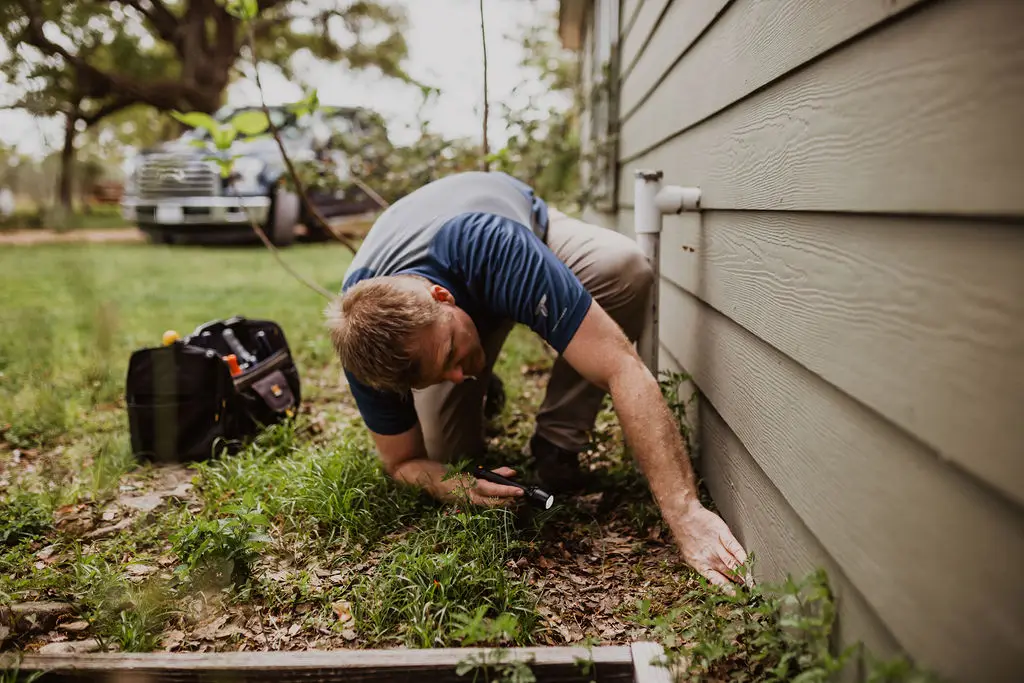WDI Inspection
WDI Inspection
WDI is short for Wood-Destroying Insects, and in addition to termites also includes other pests such as Carpenter Ants, Carpenter Bees and Wood-Boring Beetles.
WDI is short for Wood-Destroying insects, and in addition to termites the term covers many common pests such as carpenter ants, old wood-boring beetles, carpenter bees, and more. Below is a brief description of the common wood-destroying insect types.
Termites are a very serious structural pest that cause approximately 5 billion dollars in damage every year. Termite damage is no joke, with treatments often costing thousands of dollars, and structural damage that can amount to much more than that to repair. It is critical to stop them as soon as they are discovered as the infestation can spread very quickly. A termite inspection is the best way to ensure that the new home you are purchasing is not a ticking time-bomb, and to check if an existing situation is in fact termites.

Reliable Answers to Common Questions.
Banks or lenders may require that a WDI inspection be completed before they can approve a loan. This helps them mitigate the risk of costly structural damage that could be caused as a result of active WDI infestations.
The National Pest Management Association Form 33 is a document used to report activity or damage from wood destroying insects which can include termites, carpenter ants, carpenter bees and wood-boring beetles. It is required for VA loans and some other loans at the discretion of the lender.
- Termites
- Termites are winged insects that can destroy wood by creating tunnels or “mud tubes” as they chew through and eat the wood. The damage is usually hidden, and the wood may visually appear fine until pressure is applied, in which case it can be found to be hollowed out. The two main types of termites are subterranean and drywood termites. Subterranean termites build a nest underground and need moisture to survive. They infest the wood closest to the soil and can be found in foundational joists and structural wood frames. Drywood termites typically enter above ground and may not need as much moisture to thrive.
- Carpenter Ants
- Carpenter ants technically do not eat wood, but instead burrow into the wood, still causing damage. Unlike termites, carpenter ants do not have an enzyme in their gut that allows them to digest wood. Instead, they leave behind a sawdust material otherwise known as “frass”. Frass can be a strong indicator of an active carpenter ant infestation. Some carpenter ants can have wings like termites, but it’s important to note that the carpenter ant’s front wings are longer than the back wings. It’s important to quickly treat carpenter ants if an infestation is found as they can cause heavy amounts of damage to structures over time.
- Powderpost Beetles and Wood-Boring Beetles
- Powderpost beetles are small brown colored beetles that have elongated bodies and smaller heads. They lay their eggs on top of wood or just below the surface of the wood. When the eggs hatch, the larvae feed on the wood, chewing tunnels to the surface of the course of a few years. These beetles tend to damage exposed wood such as floors, decks or attic/basement joists.
- Wood boring beetles create holes in wood when they exit as larvae but don’t cause quite as much structural damage as powderpost beetles. They can typically be found in firewood, log homes or other structural wood.


 Powered by
Powered by